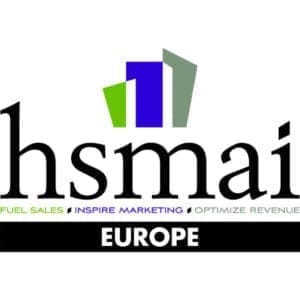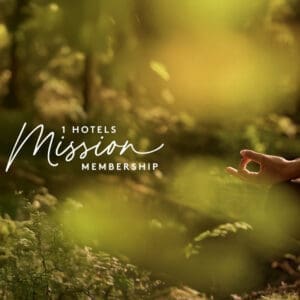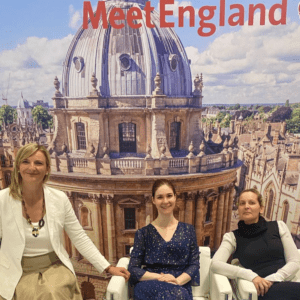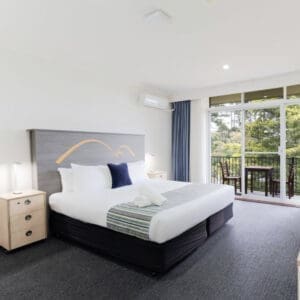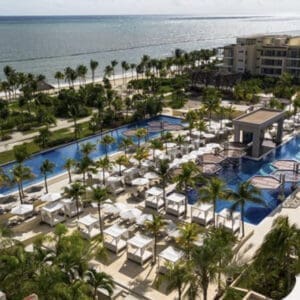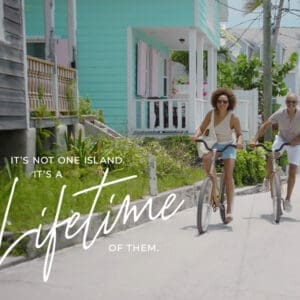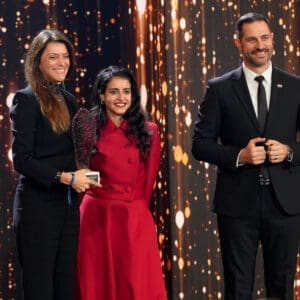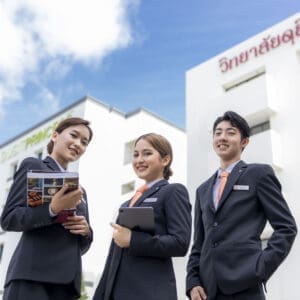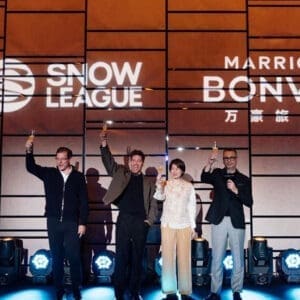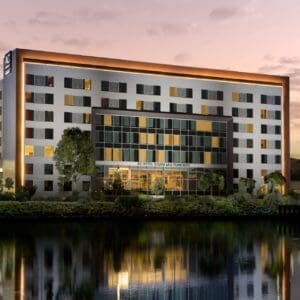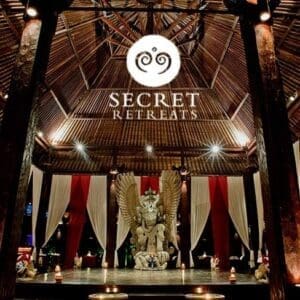 Every picture tells a story which profoundly impacts on the opinions online shoppers have of hotels, according to the latest research commissioned by online travel agency, Expedia.
Every picture tells a story which profoundly impacts on the opinions online shoppers have of hotels, according to the latest research commissioned by online travel agency, Expedia.
The research, which used electromyography to gauge shoppers’ eye gaze and facial expressions, discovered that several types of images and image attributes consistently evoked emotional reactions in online shoppers.
David Hamblin, the Expedia Group’s senior director of Market Management for Asia Pacific, said: “We know through our own data that hotels with good quality photography in their on-line brochure receive a conversion lift over those which have poorer images.”
“The most important image to include is a room with a view. Rooms with windows overlooking an attractive visual scene such as a landmark or beach evoke the most delight in online shoppers and help shoppers see themselves in the context of their trip.”
Photographs which are distorted by fisheye lenses or unusual angles evoke the most negative emotions in shoppers as they are viewed with suspicion – as if the hotel has “something to hide,” added Mr Hamblin.
In addition to prioritising images of bedrooms with pleasing window views, other findings from the research revealed that hoteliers should follow these tips to maximise conversion opportunities:
- Include images of secondary spaces (i.e. terrace, restaurant) with attractive vistas
- Ensure images are well-lit, using natural light wherever possible
- Display any unique features/attributes of the hotel
- Ensure rooms/spaces are pristine; avoid clutter and mess
- Remember to include bathroom photos
- Avoid distorting camera techniques
- Include both close-up and perspective shots
The research involved shoppers browsing online for hotels that they might like to stay in while their eye-gaze and facial expressions were tracked in real-time using EMG. Whenever there was an elevation in the EMG signal, indicating either delight or negative emotion, the shopper was verbally queried on their reaction to the hotel image. The study encouraged participants to shop in a way that was natural to them, visiting whatever sites and using whatever methods they would as if Expedia researchers weren’t there.
Through Expedia Partner Central, an interactive engagement tool for hoteliers, marketing and revenue managers can quickly gauge if their properties require additional images with three different scores showing green, yellow or red. The tool has been designed to help hoteliers save time; providing a simple way to perform tasks such as quickly identifying and replacing low resolution images or finding those amenities that are missing images. Hoteliers can upload as many images as they’d like and as many as 50 at a time.
Yellow or red indicators tell the hotelier there is room for improvement, whilst green scores demonstrate the hotel has the right number of photographs and that they are the optimal resolution and quality.
Mr Hamblin explained that the photo engagement tool and scoring system enables partners to receive meaningful feedback, in real-time, on the actions they had taken.
“We know feedback is important because it can help drive bookings and revenue – and hoteliers want this feedback in real time so they can take action,” said Mr Hamblin. “Expedia has shown that hotels with green photo scores are more likely to convert than those with red scores.”
Expedia Partner Central’s photo tool is based on having a target of 20 photos or more per property, with 100% of those photos having a resolution of 2880 pixels or greater which is especially relevant with the shift to high resolution mobile devices. All room types should also have four images or more.


